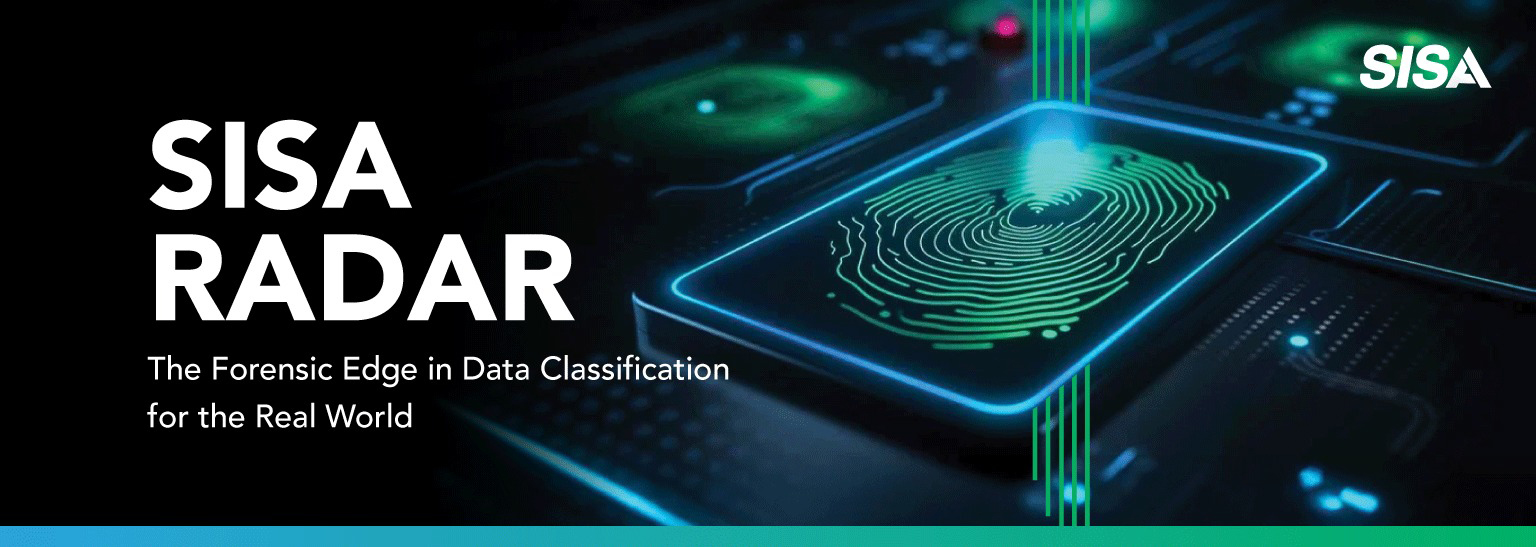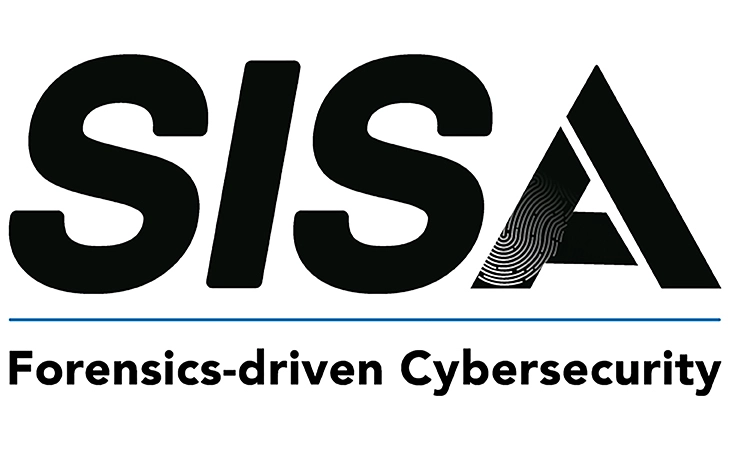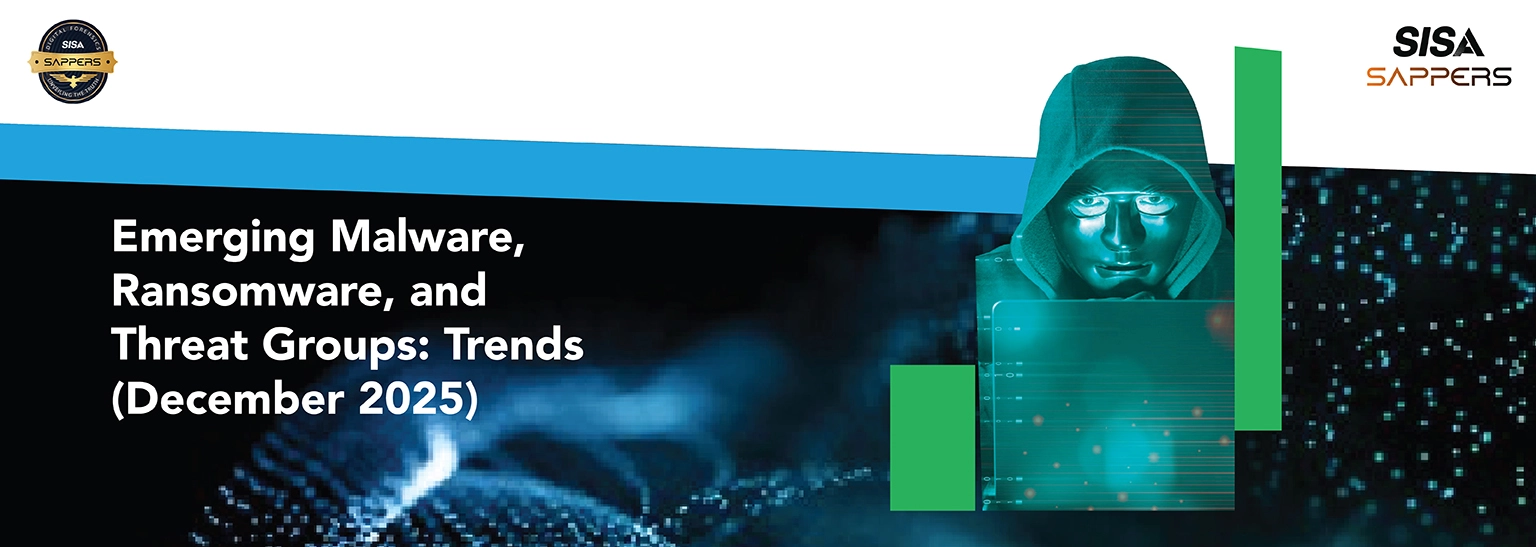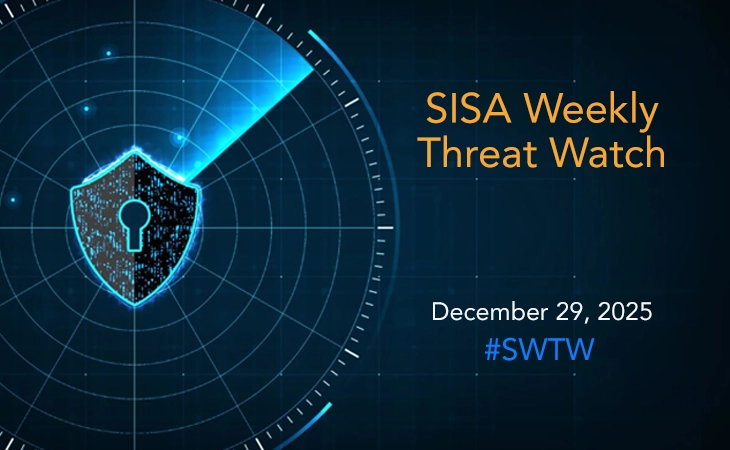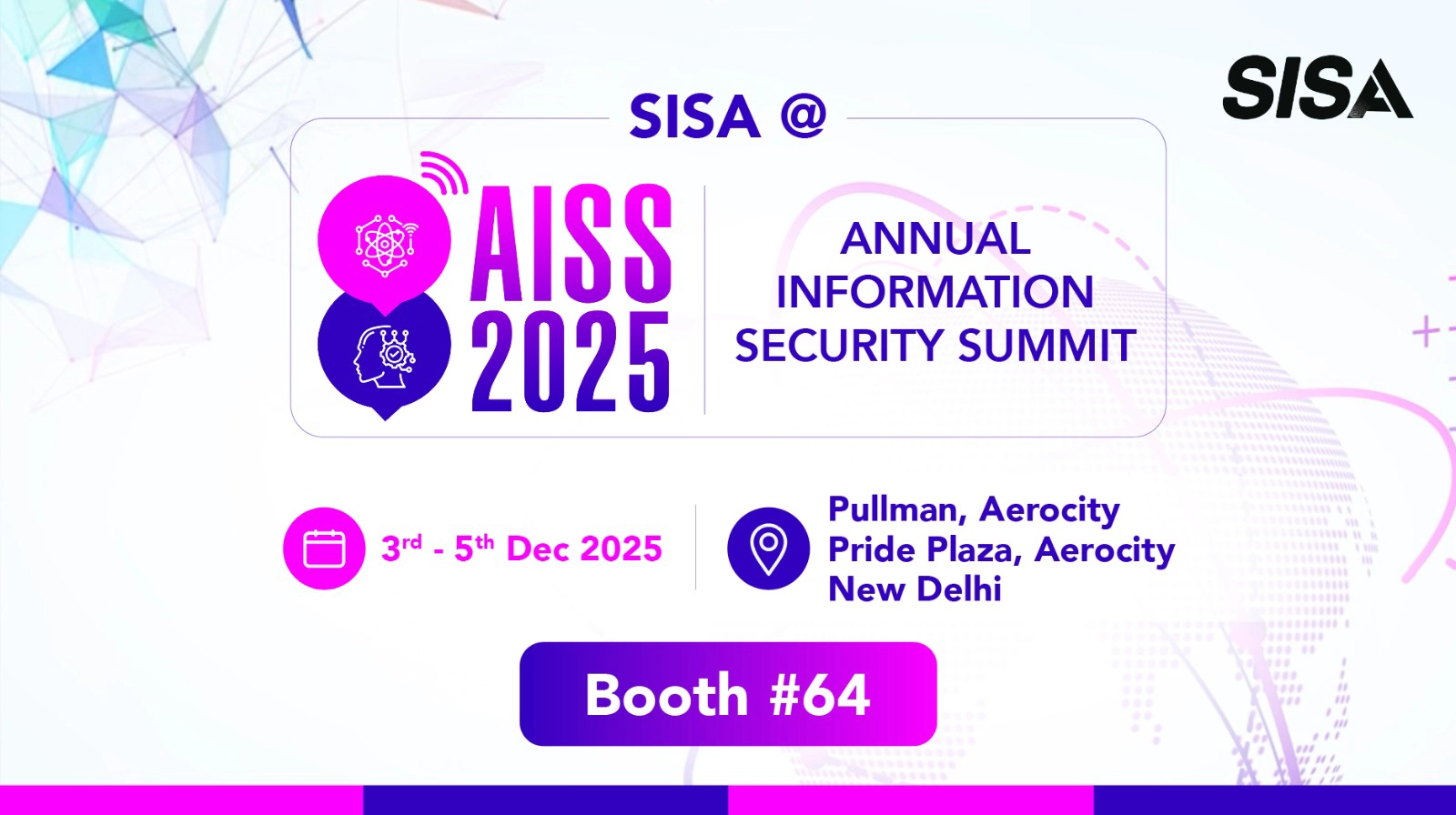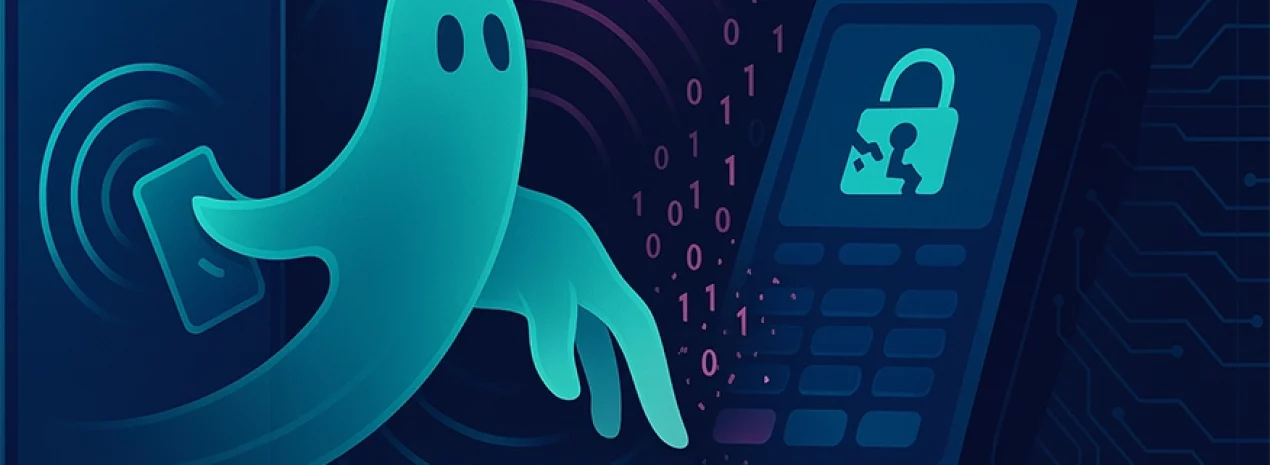
Ghost-Tap: How Hackers Exploit NFC and Mobile Payments
Executive Summary
Ghost-Tap is a term used to describe a class of NFC relay fraud where attackers combine credential theft, device compromise, and real-time relaying of NFC signals to complete contactless payments at distant terminals.
Unlike card-not-present fraud, Ghost-Tap enables remote, in-person cash-outs at point-of-sale terminals. Because transactions appear cryptographically valid, they bypass conventional defenses, enabling low-value, high-volume fraud that is hard to detect and trace.
SISA’s Point of View: Ghost-Tap represents an emerging and concerning attack model. Financial institutions, PSPs, and fintechs must treat mobile-wallet provisioning controls, NFC metadata analysis, and ecosystem-level fraud intelligence sharing as critical priorities.
Simple Analogy
Think of it like this: your phone is in your pocket in Dubai , but a fraudster is paying for groceries with it in London — at the very same time. By relaying the NFC “handshake” signals across the internet, attackers trick the POS terminal into believing your phone is physically present at the checkout counter.
Background: Why NFC Is Now a Target
Contactless payments are designed with tokenization and cryptography to make card cloning impractical. But attackers have shifted focus:
- Legitimate NFC research tools are being repurposed.
- Mobile malware is enabling NFC relays.
- Stolen credentials are being provisioned into attacker-controlled wallets.
- Mule networks operationalize fraud at scale, especially in retail and transit.
Security researchers and incident reports in recent years have shown Ghost-Tap style techniques in active use.
How Ghost-Tap Works
- Credential Acquisition– Victim data is harvested via phishing, SIM swaps, malware, or account takeover.
- Provisioning or Relaying– Credentials are either provisioned into attacker wallets or relayed directly from compromised devices.
- Relay Infrastructure– Compromised devices forward NFC frames in real time over the internet.
- Cash-Out Execution– POS terminals receive valid cryptographic responses, enabling successful fraud. Transactions are usually low-value and distributed to avoid detection.
SISA’s Point of View
Ghost-Tap exploits the gap between cryptographic validity and transaction legitimacy. The token is valid, but the way it is being used is fraudulent.
Our perspective:
- Relying on token validity alone is insufficient.
- Layered detection is required — device attestation, NFC timing metadata, and provisioning controls.
- Fraud operations are becoming industrialized, with automation and mule networks scaling attacks. Defenses must evolve in equal measure.
Red Flags & Indicators
Organizations should monitor for patterns often linked to relay fraud:
- Timing anomalies– Relays add small but consistent delays (though hard to detect at scale).
- Provisioning-to-use anomalies– Wallets provisioned and used almost immediately.
- Device mismatches– Fingerprint or attestation inconsistencies.
- Geographic anomalies– Tokens used in widely different locations within short timeframes.
- Malware enablement– Mobile malware with NFC relay or provisioning features.
Risks of Inaction
- Financial losses from scaled low-value fraud aggregating into millions.
- Bypassed defenses as cryptographically valid tokens pass normal checks.
- Operational disruption from emergency token revocations or wallet shutdowns.
- Regulatory pressure as payment regulators push for richer metadata and provisioning assurance.
- Ecosystem exploitation with mule networks obscuring attribution and complicating law enforcement.
SISA Recommendations
Immediate Actions
- Monitor rapid provisioning-to-use timelines.
- Enforce stronger provisioning controls with biometrics and out-of-band confirmations.
- Flag transactions with relay-like timing anomalies.
- Block sideloaded or malicious apps that distribute relay malware.
Medium-Term Enhancements
- Capture NFC metadata (timing, device attestation, entry mode) for risk scoring.
- Deploy behavioral analytics for contactless fraud.
- Apply adaptive velocity and geolocation rules.
- Explore decoy credentials or tokens for detecting relay testing (advanced defense).
Strategic Priorities
- Require device attestation and secure element binding during wallet provisioning.
- Share fraud intelligence on mule operations and provisioning abuse across the ecosystem.
- Align provisioning and transaction validation with emerging security standards.
- Train analysts to recognize relay fraud patterns in logs and telemetry.
- Prepare compliance frameworks for extended metadata retention and regulatory audits.
Way Forward
Ghost-Tap proves that secure cryptography alone cannot prevent fraud. Attackers are bypassing traditional checks by exploiting provisioning weaknesses and relaying valid tokens.
SISA’s Position:
- Treat token lifecycle management and device attestation as Tier-1 controls.
- Integrate NFC timing and behavioral metadata into fraud engines.
- Expand monitoring beyond token validity to include provisioning, device, and usage patterns.
- Coordinate across the payments ecosystem to disrupt mule-driven fraud.
With the right combination of technical controls, operational vigilance, and ecosystem collaboration, the financial sector can contain Ghost-Tap and preserve trust in contactless payments.
Additional Insights
- Mobile malware evolution: Relay capabilities increasingly feature in Android malware families.
- Detection advances: RF fingerprinting, distance bounding, and timing anomaly detection are maturing.
- Operational readiness: Playbooks for token revocation and wallet resets are critical.
- Sector targeting: Retail, transit, and micro-payments remain prime targets.
- Policy direction: Regulators are signaling more focus on device attestation and richer metadata requirements.
Latest
Blogs
Whitepapers
Monthly Threat Brief
Customer Success Stories
 USA
USA India
India APAC
APAC Middle East
Middle East Global
Global






 Facebook
Facebook Linkedin
Linkedin  X
X Youtube
Youtube



